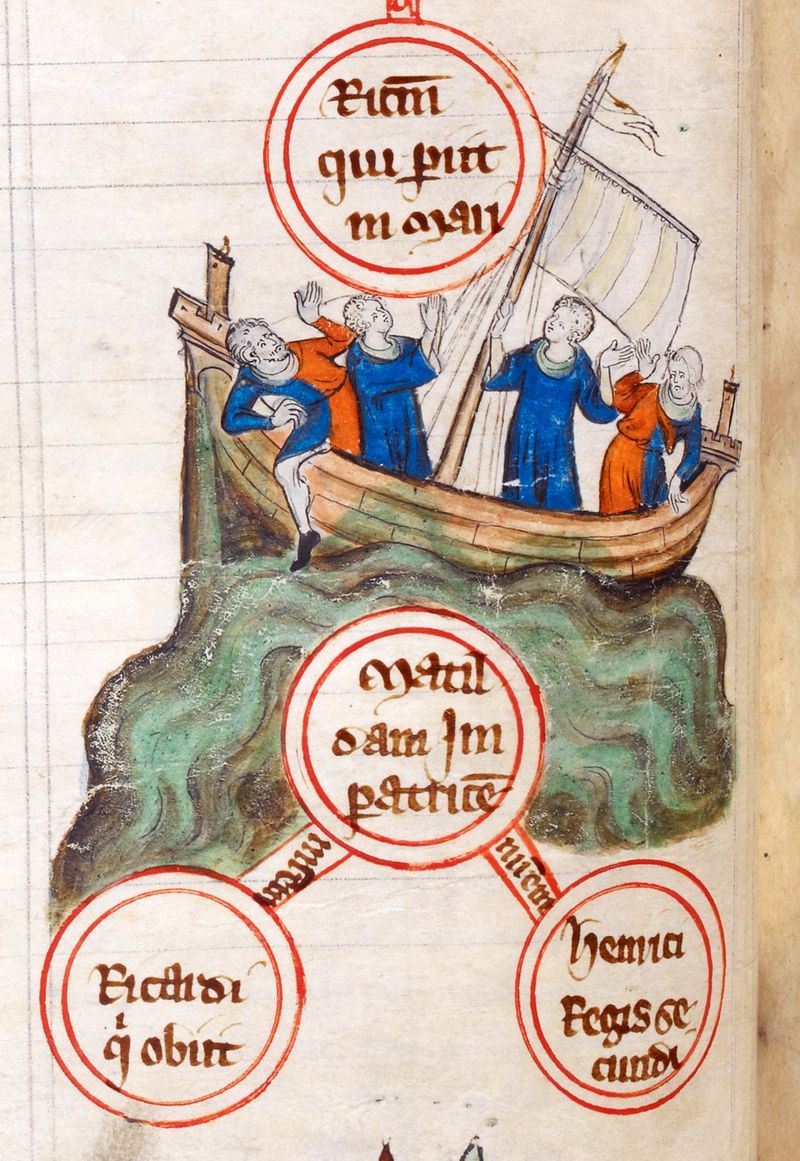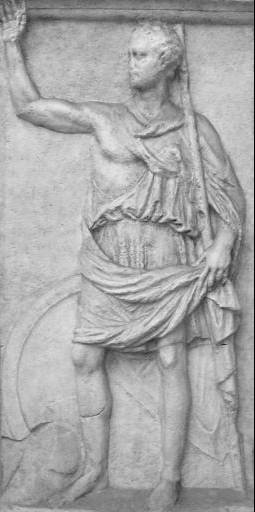|
Maritime Disasters
The list of maritime disasters is a link page for maritime disasters by century. For a unified list of peacetime disasters by death toll, see . Pre-18th century Peacetime disasters All ships are vulnerable to problems from weather conditions, faulty design or human error. Some of the disasters below occurred during periods of conflict, although their losses were unrelated to any military action. The table listings are in decreasing order of the magnitude of casualties. Wartime disasters Disasters with great loss of life can occur in times of armed conflict. Shown below are some of the known events with major losses. 18th century 19th century 20th century World War I World War II 21st century See also * Shipwreck * List of shipwrecks * List of disasters * List of accidents and disasters by death toll This is a list of accidents and disasters by death toll. It shows the number of fatalities associated with various explosions, structural fires ... [...More Info...] [...Related Items...] OR: [Wikipedia] [Google] [Baidu] |
Gribshunden
''Gribshunden'' or ''Griffen'' (English language, English: "Griffin-Hound" or "Griffin"), also known by several variant names including ''Gribshund'', ''Gripshunden'', ''Gripshund'', ''Griff'', and ''Griffone'', was a Denmark, Danish warship, the flagship of Hans (John, King of Denmark, John), King of Denmark (r. 1481–1513).Lars Einarsson and Björn Wallbom, "FORTSATTA MARINARKEOLOGISKA UNDERSÖKNINGAR ''av ett fartygsvrak beläget vid St. Ekö'' Ronneby kommun, Blekinge län (Kalmar läns museum UV/marinarkeologi 2002)Johan Rönnby, Niklas Eriksson, Ingvar Sjöblom, Joakim Holmlund, Mikael Björk. (2015) Blekinge Museum Rapport 2015:21 Gribshunden (1495) Skeppsvrak vid Stora Ekön, Ronneby, Blekinge Marinarkeologisk undersökning 2013–2015 (MARIS Södertörns högskola/Blekinge museum) ''Gribshunden'' sank in 1495 after an explosion while in the Baltic Sea off the coast of Ronneby in southeastern Sweden; the ship is one of the best-preserved shipwreck, wrecks yet discovered f ... [...More Info...] [...Related Items...] OR: [Wikipedia] [Google] [Baidu] |
Finland
Finland, officially the Republic of Finland, is a Nordic country in Northern Europe. It borders Sweden to the northwest, Norway to the north, and Russia to the east, with the Gulf of Bothnia to the west and the Gulf of Finland to the south, opposite Estonia. Finland has a population of 5.6 million. Its capital and largest city is Helsinki. The majority of the population are Finns, ethnic Finns. The official languages are Finnish language, Finnish and Swedish language, Swedish; 84.1 percent of the population speak the first as their mother tongue and 5.1 percent the latter. Finland's climate varies from humid continental climate, humid continental in the south to boreal climate, boreal in the north. The land cover is predominantly boreal forest biome, with List of lakes of Finland, more than 180,000 recorded lakes. Finland was first settled around 9000 BC after the Last Glacial Period, last Ice Age. During the Stone Age, various cultures emerged, distinguished by differen ... [...More Info...] [...Related Items...] OR: [Wikipedia] [Google] [Baidu] |
English Ships And The Spanish Armada, August 1588 RMG BHC0262
English usually refers to: * English language * English people English may also refer to: Culture, language and peoples * ''English'', an adjective for something of, from, or related to England * ''English'', an Amish term for non-Amish, regardless of ethnicity * English studies, the study of English language and literature Media * ''English'' (2013 film), a Malayalam-language film * ''English'' (novel), a Chinese book by Wang Gang ** ''English'' (2018 film), a Chinese adaptation * ''The English'' (TV series), a 2022 Western-genre miniseries * ''English'' (play), a 2022 play by Sanaz Toossi People and fictional characters * English (surname), a list of people and fictional characters * English Fisher (1928–2011), American boxing coach * English Gardner (born 1992), American track and field sprinter * English McConnell (1882–1928), Irish footballer * Aiden English, a ring name of Matthew Rehwoldt (born 1987), American former professional wrestler ... [...More Info...] [...Related Items...] OR: [Wikipedia] [Google] [Baidu] |
Philip II Of Spain
Philip II (21 May 152713 September 1598), sometimes known in Spain as Philip the Prudent (), was King of Spain from 1556, King of Portugal from 1580, and King of Naples and List of Sicilian monarchs, Sicily from 1554 until his death in 1598. He was also ''jure uxoris'' King of England and List of Irish monarchs, Ireland from Wedding of Mary I of England and Philip of Spain, his marriage to Queen Mary I in 1554 until her death in 1558. Further, he was Duke of Milan from 1540. From 1555, he was Lord of the Seventeen Provinces of the Habsburg Netherlands, Netherlands. The son of Emperor Charles V and Isabella of Portugal, Holy Roman Empress, Isabella of Portugal, Philip inherited his father's Spanish Empire in 1556, and succeeded to the Kingdom of Portugal, Portuguese throne in 1580 following a dynastic crisis. The Spanish conquests Spanish conquest of the Inca Empire, of the Inca Empire and of the Philippines, named in his honor by Ruy López de Villalobos, were completed during h ... [...More Info...] [...Related Items...] OR: [Wikipedia] [Google] [Baidu] |
Spanish Armada
The Spanish Armada (often known as Invincible Armada, or the Enterprise of England, ) was a Spanish fleet that sailed from Lisbon in late May 1588, commanded by Alonso de Guzmán, Duke of Medina Sidonia, an aristocrat without previous naval experience appointed by Philip II of Spain. His orders were to sail up the English Channel, join with the Duke of Parma in Flanders, and escort an invasion force that would land in England and overthrow Elizabeth I. Its purpose was to reinstate Catholicism in England, end support for the Dutch Republic, and prevent attacks by English and Dutch privateers against Spanish interests in the Americas. The Spanish were opposed by an English fleet based in Plymouth. Faster and more manoeuvrable than the larger Spanish galleons, its ships were able to attack the Armada as it sailed up the Channel. Several subordinates advised Medina Sidonia to anchor in the Solent and occupy the Isle of Wight, but he refused to deviate from his instructions to ... [...More Info...] [...Related Items...] OR: [Wikipedia] [Google] [Baidu] |
Kamikaze (typhoon)
The kamikaze (, ) were two winds or storms that are said to have saved Japan from Mongol invasions of Japan, two Mongol fleets under Kublai Khan. These fleets attacked Japan in 1274 and again in 1281. Due to the growth of Zen Buddhism among Samurai at the time, these were the first events where the typhoons were described as "divine wind" as much by their timing as by their force. Since Man'yōshū, the word ''kamikaze'' has been used as a ''Makurakotoba'' of waka (poetry), waka introducing Ise Grand Shrine. The term "kamikaze" is an alternate reading of the Kanji, characters, and the main reading of them that was used more throughout history was "shinpu". History The latter fleet, composed of "more than four thousand ships bearing nearly 140,000 men", is said to have been the largest attempted naval invasion in history whose scale was only recently eclipsed in modern times by the invasion of Normandy, D-Day invasion of allied forces into Normandy in 1944. The size of the fleet ... [...More Info...] [...Related Items...] OR: [Wikipedia] [Google] [Baidu] |
Mongol Empire
The Mongol Empire was the List of largest empires, largest contiguous empire in human history, history. Originating in present-day Mongolia in East Asia, the Mongol Empire at its height stretched from the Sea of Japan to parts of Eastern Europe, extending northward into parts of the Arctic; eastward and southward into parts of the Indian subcontinent, mounting invasions of Southeast Asia, and conquering the Iranian plateau; and reaching westward as far as the Levant and the Carpathian Mountains. The Mongol Empire emerged from the unification of several nomad, nomadic tribes in the Mongol heartland under the leadership of Temüjin, known by the title of Genghis Khan (–1227), whom a council proclaimed as the ruler of all Mongols in 1206. The empire grew rapidly under his rule and that of his descendants, who sent out Mongol invasions, invading armies in every direction. The vast transcontinental empire connected the Eastern world, East with the Western world, West, and the Pac ... [...More Info...] [...Related Items...] OR: [Wikipedia] [Google] [Baidu] |
Ancient Carthage
Ancient Carthage ( ; , ) was an Ancient Semitic-speaking peoples, ancient Semitic civilisation based in North Africa. Initially a settlement in present-day Tunisia, it later became a city-state, and then an empire. Founded by the Phoenicians in the ninth century BC, Carthage reached its height in the fourth century BC as one of the largest ''metropoleis'' in the world.George Modelski, ''World Cities: –3000 to 2000'', Washington DC: FAROS 2000, 2003. . Figures in main tables are preferentially cited. Part of former estimates can be read at Evolutionary World Politics Homepage Archived 2008-12-28 at the Wayback Machine It was the centre of the Carthaginian Empire, a major power led by the Punic people who dominated the ancient western and central Mediterranean Sea. Following the Punic Wars, Carthage was Siege of Carthage (Third Punic War), destroyed by the Romans in 146 BC, who later rebuilt Roman Carthage, the city lavishly. Carthage Phoenician settlement of No ... [...More Info...] [...Related Items...] OR: [Wikipedia] [Google] [Baidu] |
First Punic War
The First Punic War (264–241 BC) was the first of three wars fought between Rome and Carthage, the two main powers of the western Mediterranean in the early 3rd century BC. For 23 years, in the longest continuous conflict and greatest naval war of antiquity, the two powers struggled for supremacy. The war was fought primarily on the Mediterranean island of Sicily and its surrounding waters, and also in North Africa. After immense losses on both sides, the Carthaginians were defeated and Rome gained territory from Carthage. The war began in 264 BC with the Romans gaining a foothold on Sicily at Messana (modern Messina). The Romans then pressed Syracuse, the only significant independent power on the island, into allying with them and laid siege to Carthage's main base at Akragas. A large Carthaginian army attempted to lift the siege in 262 BC but was heavily defeated at the Battle of Akragas. The Romans then built a navy to challenge the Carthaginians ... [...More Info...] [...Related Items...] OR: [Wikipedia] [Google] [Baidu] |
Sinking Of The Roman Fleet (255 BC)
{{Short description, Maritime accident in the First Punic War The Sinking of the Roman fleet in July 255 BC in the Strait of Sicily was the List of maritime disasters, worst maritime accident in antiquity and in the entire history of shipping. Up to 100,000 people died.Michael Pitassi: ''The Navies of Rome'', Woodbridge 2009, p. 65: ''… as many as 100.000 men perished, their ships foundering on or being dashed onto the rocks of south-east Sicily. It was, and remains to this day, the greatest known loss of human life in a single incident of shipwreck in the history of seafaring''. Background During the First Punic War, the two Roman consul, consuls of 255 BC, Servius Fulvius Paetinus Nobilior and Marcus Aemilius Paullus, were tasked with evacuating the Roman survivors of the Battle of Tunes. They were given 350 warships for this rescue mission in North Africa, which they had to prepare. The sailors and oarsmen were provided by Rome's “seafaring allies” (socii navales). This ... [...More Info...] [...Related Items...] OR: [Wikipedia] [Google] [Baidu] |






